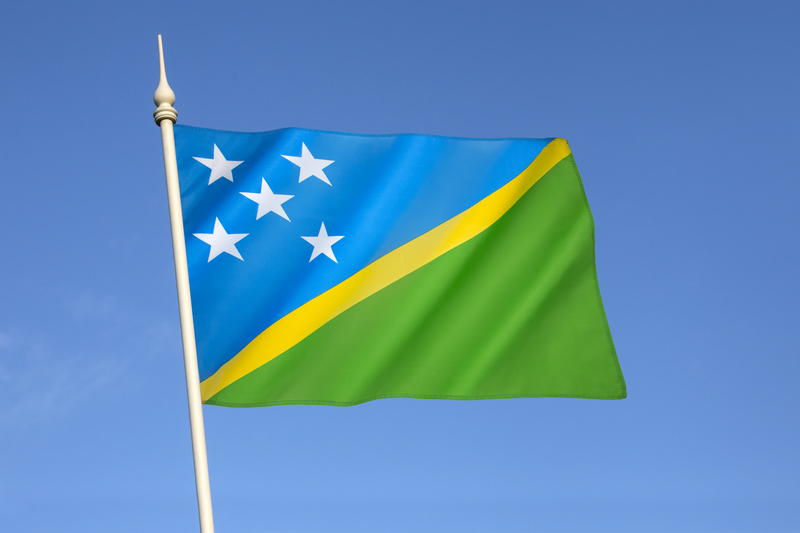10 Signs Of Dengue Fever And What It Means
Dengue fever is a viral disease contracted through infected mosquitos. Primarily prominent through the tropics and subtropics of the world, there are only preventative measures residents and tourists can take to avoid being bitten. There is no known cure for the disease, so treatment measures are geared toward relieving symptoms. A correct diagnosis is required because signs of the disease mimic other unrelated conditions.
10. Outbreak 2016

An outbreak was declared in the Solomon Islands in October 2016 after cases of dengue fever continually rose for three months. Initially limited to Honiara and Guadalcanal, the declaration grew to include other nearby provinces eleven days later. In total, a reported 1,212 cases were examined, with the majority of patients being under the age of fifteen and between the ages of twenty-five and forty-nine. The male to female ratio was similar. The number of aerial sprays was ramped up by the government.
9. Prepare To See The Doctor

Patients often have many questions to ask about this rare disease, so bringing a notepad to the doctor’s office if recommended. Some things patients need to know include the treatments offered, how long the symptoms will last, and if there are any long-term effects. A doctor will likely need to know a patient’s travel history, personal information, and current medications. He or she will want to know all of the symptoms, when they first appeared, and their severity.
